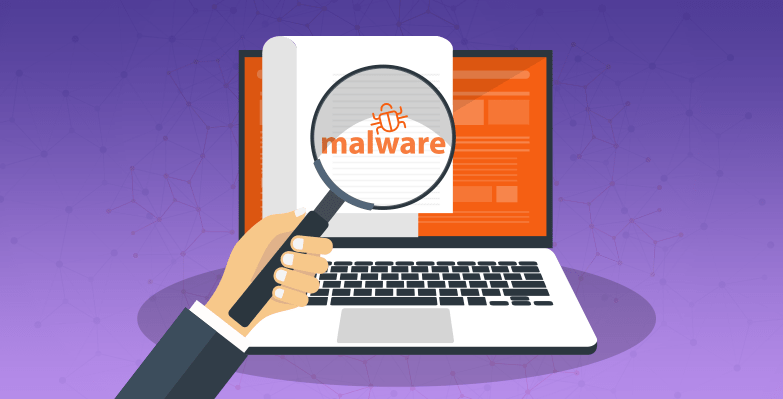How to Prevent Malicious Malware Attacks?
The magnitude of destruction a malware website attack leaves on your site depends on how soon you respond. Taking a long to respond and clear the malware makes the recovery process more costly.
Today, numerous new malicious threats are generated every day, making protecting your site a difficult task. However, you can safeguard your website by understanding the impact of malware and how to prevent it. Read on to learn how malicious software affects your site and what you can do to avert it.
What are the Effects of Malware Websites?
Transforms the Display of Your Website
Cybercriminals often disfigure your website, and this allows them to replace your data with their content. Many times their content may be about religious or political agenda. Such an attack on your site offends visitors on your website, blocks them from accessing the site, and eventually turns them away. Studies suggest that site disfigurements are some of the most noticeable and common malware types.

Redirect Visitors to Other Infected Websites
Why do visitors to your website get diverted to a different website, especially one that looks unauthentic? This concept may happen if your website has been injected with malicious direct software. Studies show that redirects make up for up to 17% of all malware website infections.
Disguise themselves in Advertisements
Malicious ads circulate malware by tricking users into clicking on an advertisement. They can also spread via a drive-by program, which infects visitors automatically once they login to the site. Cybercriminals might introduce malicious adverts on an ad system that circulates the ad over numerous websites at once. They can also install malicious code in an advert.
Introduces Cybercriminals to Your Website
Cybercriminals can gain access to your website through backdoors. By accessing your site, criminals may disclose sensitive customer data or even change the site’s appearance. According to studies, backdoor files are sophisticated, which makes them hard to recognize. Even then, they are some of the most common malicious software among cybercriminals.
Flagging Your Website or Eliminating it from Search Results
Search engines usually assess websites for malicious software. If your website is infected, then Google may eliminate it from search results to bar internet users from visiting it. This concept is knowns as blacklisting.
Search engines may also insert a warning on blacklisted websites to shield visitors from malware. Such an alert tells visitors that the website is infected and bars them from gaining access. When this happens, there will be a drop in your traffic, and potential visitors will lose trust in your site.
Insert Spam Content on Your Website
You may notice sudden unusual comments, links, or a reduction in traffic. These could be an indication of search engine optimization spam. SEO spam leverages two approaches used to enhance website ranking in search engines. These techniques are; obtaining links from external sources and utilizing appropriate search conditions on a website page.
By introducing many files comprising malicious backlinks and irrelevant keywords to your website, cybercriminals can reduce your website search rankings. As a result, your site will record a significant drop in web visits.
How to Prevent Malware Website?
Here are some tips you can adopt to prevent malware websites.
1.Install Patches and Updates
If your website is developed using a content management system such as WordPress, update your plugins and software immediately after updates become available. Doing so helps patch vulnerabilities fast.
2.Restrict Automated Attacks that Pursue Vulnerabilities
Cybercriminals often use malware website bots to search for vulnerable websites. However, website owners can block the bots using a website application firewall.
3.Only use what You Require
If your site has more features, then it becomes more vulnerable to attacks. You can reduce this risk by only adopting crucial features and plugins. Uninstall any features that you do not use.
Adopt advanced tools such as a patching system and a vulnerability scanner. Apart from automating the process, such systems keep your website up to date.
Recognize and Remove Malicious Software Immediately
The longer it takes to find malware, the costlier it becomes. However, you can reduce the damage and costs by evaluating your website often. Adopt a website scanner that identifies and eliminates common malware daily and ensures that you are discovering threats fast.
Finally
Cybercriminals and malware are always prepared to attack vulnerable websites. However, you can prevent them by adopting a robust website system. This system can allow you to prevent vulnerabilities, malware, and automated attacks.
Understanding the effects of malware website and knowing how to counter attacks helps you protect your business and potential customers. Remember, malicious software on your site damages your reputation and may discourage visitors from coming back.
© 2026 Comodo Security Solutions, Inc





